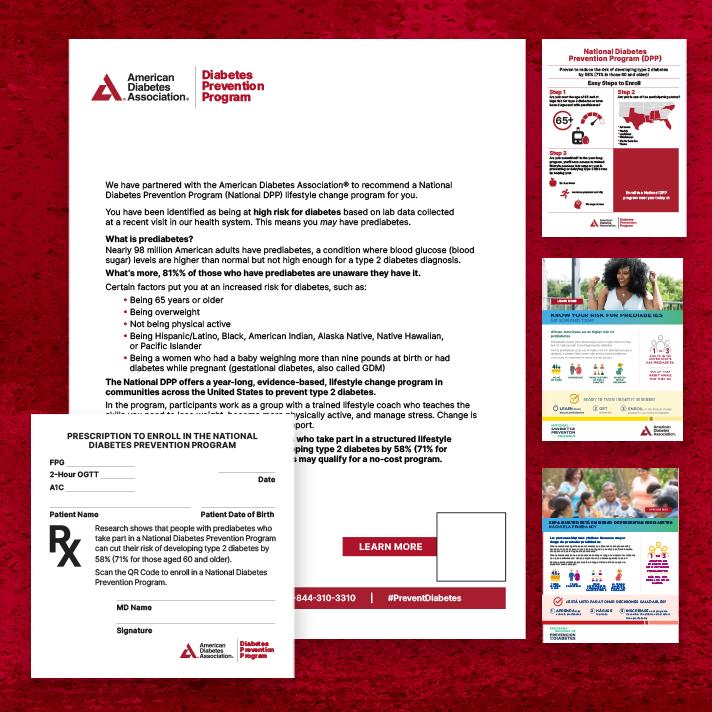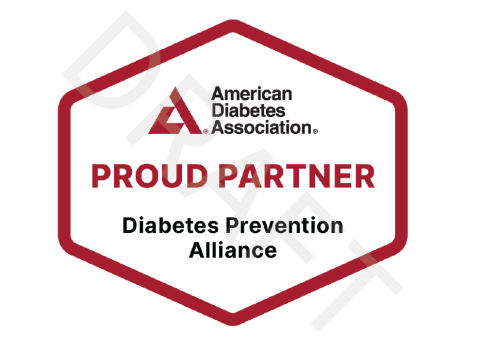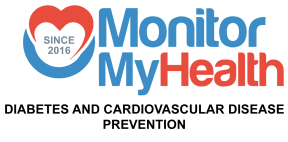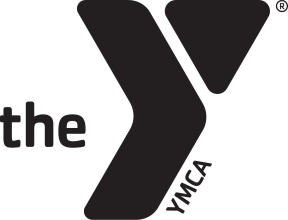DPA Badge
Our DPA partners receive a badge designed to help showcase their commitment to the DPA and promote our shared mission to prevent type 2 diabetes.
Program Components
The National DPP uses a researched-based curriculum that combines nutrition, physical activity, and stress management techniques into one program.
The 12-month National DPP lifestyle change program is approved by the CDC and is led by a trained lifestyle coach. Participants may attend in-person, virtually, through distance learning, or a combination of the three.
First Six Months
The first half of the program provides a foundation to set your patient up for success. This essential knowledge starts their health journey and includes information on:
- Healthy eating: Participants discover ways to enjoy a tasty and balanced nutrition that incorporates foods traditional to their culture.
- Physical activity: Participants learn ways to incorporate physical activity into their everyday routine to reach 150 minutes per week.
- Stress management: Participants discover ways to overcome stress and challenges that disrupt a healthy lifestyle.
- Overcoming challenges: Participants navigate common obstacles such as eating when dining out, going on vacation, and attending holiday gatherings.
- Getting back on track: We’ll provide participants with the support they need to bounce back when setbacks happen.
Second Six Months
The second phase reinforces what they’ve learned and includes monthly meetings to set goals and track progress. Here, they receive guidance, encouragement, and accountability.

















